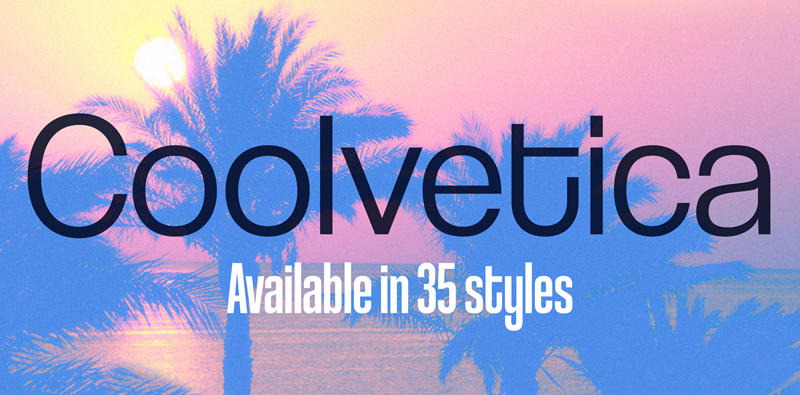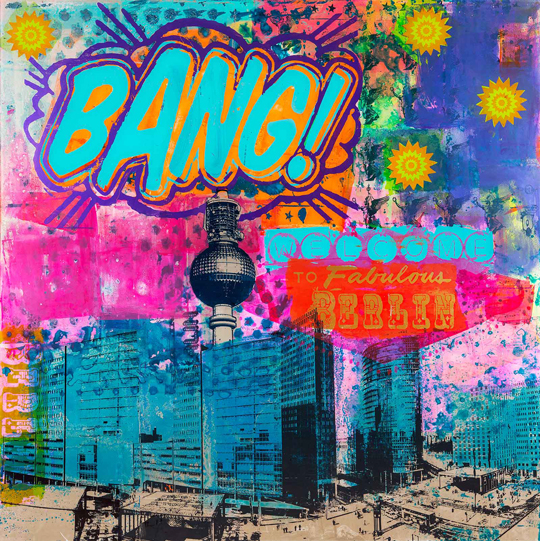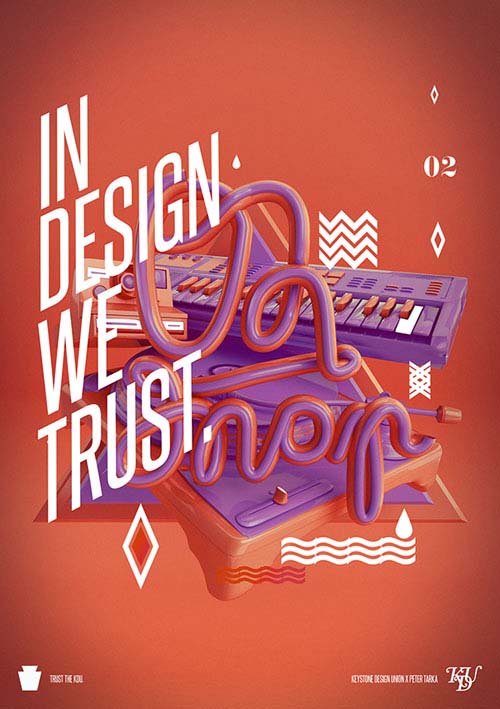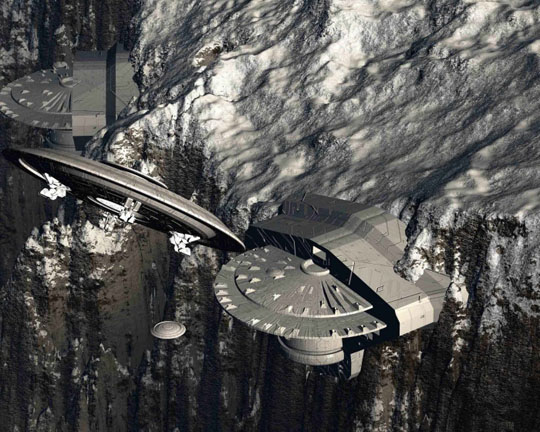Here we continue to showcase talented artists from all around the world with this week’s featured artist, Marc Kushner. Marc is a globally recognized architect and tech entrepreneur. Although not directly invested in website or mobile app design, Marc is a distinguished designer in the digital media industry. He celebrates the intersection where digital media meets architecture, what that offers structures and spaces, and is “continually striving to find new ways to help the world not just like but fall in love with architecture.” (PSFK)
In collaboration with Matthias Hollwich, Marc founded the architectural firm Hollwich Kushner (HWKN), located in Lower Manhattan. He is also the co-founder of Architizer – an online platform where architects can upload their projects, offering access to a world of experimentation. Marc has also delivered talks at TED, PSFK, and GRID, and his book The Future of Architecture in 100 Buildings, was published by Simon & Schuster in 2015.

Creating More than just Buildings
For Marc, the rise of green buildings is nothing new, it is merely our desire for those types of buildings that is new. “Architects already know how to make buildings that are greener and smarter and friendlier,” said Marc, “we’ve just been waiting for all of you to want them.” Now that there is clearly a demand for this type of architectural design, as demonstrated by many articles on Urban Hub, architecture is moving towards designing cities with sustainability, mobility, and smart technology in mind. This means designing cities for the people who actually inhabit them, and designing in a way that a modern city should function.
Therefore, his work is far removed from the “math” traditionally associated with architecture; it is about creation an emotional connection with a building – “The core of architecture is emotional” (PSFK). Of course, buildings must conform to things like zoning regulations, permitting, and structural load calculations, all of which do require mathematics to decipher, but, as Marc points out, “none of them are about those things; they are all about a manipulation of local circumstances to create something that people can connect to. That’s what makes good architecture” (PSFK); it’s about forging an emotional connection to the places that we occupy.
The best example of this is Wendy, created for MoMA PS1, designed through a digital interface. This courtyard structure was created for the Young Architects Program from specified parameters of shade, budget, and a small carbon footprint which needed to be adhered to. Of course, Marc’s firm also wanted it to make an emotional impact on, and social connection to, the public. Designed out of nylon fabric that was treated with a titania nanoparticle spray, Wendy neutralizes air pollutants. Furthermore, groups flock around Wendy for the much needed shade, bursts of cool air, as well as mist and water cannon activity, creating both a social atmosphere between people and an interactive relationship with the structure itself.
A Link Between Digital Media and Architecture?
The technology that can be implemented in new architectural designs is a fascinating landscape to maneuver, and is one reason that Marc claims “we are living on the verge of the greatest revolution in architecture since the invention of concrete, of steel, or of the elevator, and it’s a media revolution” (TED). Marc mentioned that in the past, architects had to design based on a balance between innovative ideas and established symbols from past architecture. However, in the digital media revolution “we can make nearly instantaneous, emotionally charged symbols out of something that’s brand new” (TED). Not only are buildings being designed in a way that responds to life, but people are actually responding to these buildings; they are creating a relationship to and a dialogue around them, which is why Marc claims that “digital media hasn’t just changed the relationship between all of us; it’s changed the relationship between us and buildings” (TED).

An example of this is the Pines Pavilion project for Fire Island, NY. Ironically enough, the original building in the town center burned down, and Marc’s firm was hired to replace it with a new design. They proposed a design that was unlike anything the community had ever seen before and decided to place “photorealistic renderings” up on social media for the community to share and comment on. Because of this media interaction around the building within the two years until its completion, “it was already a part of the community” (TED). People then began to photograph and share pictures of the completed building, and generated personal stories, a shared experience, a symbol, and a collective memory around this building.
Architects are therefore no longer removed artists designing for a lay public; they are innovative digital media masters in conversation with the consuming public, working together “to design better buildings, better cities, and a better world.”













